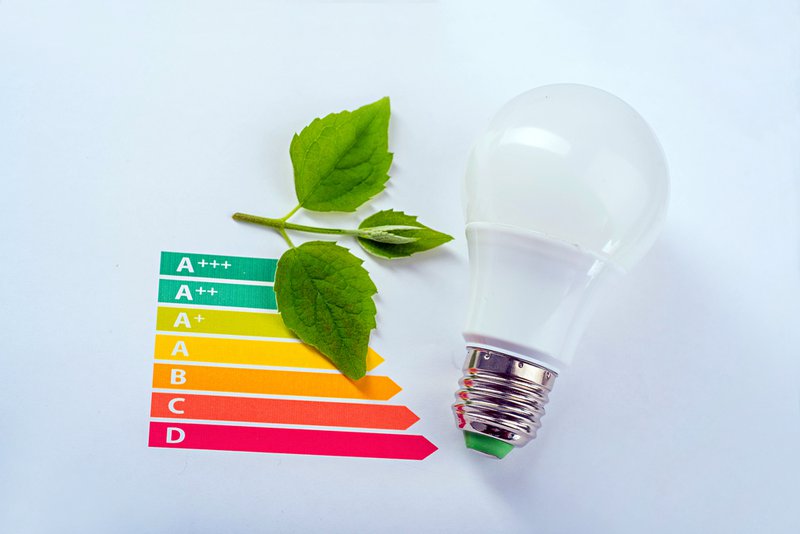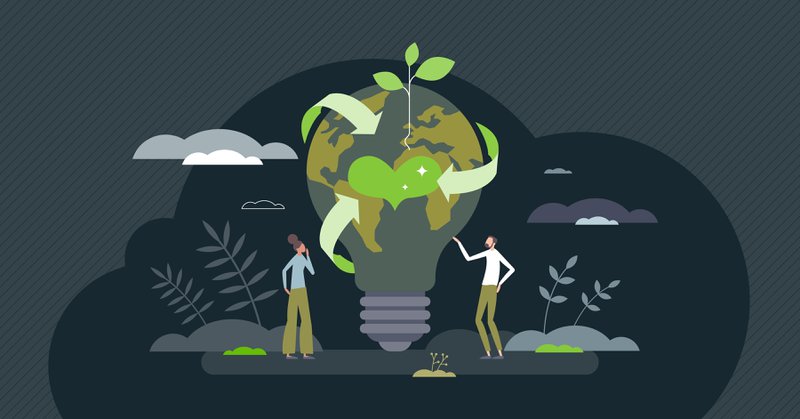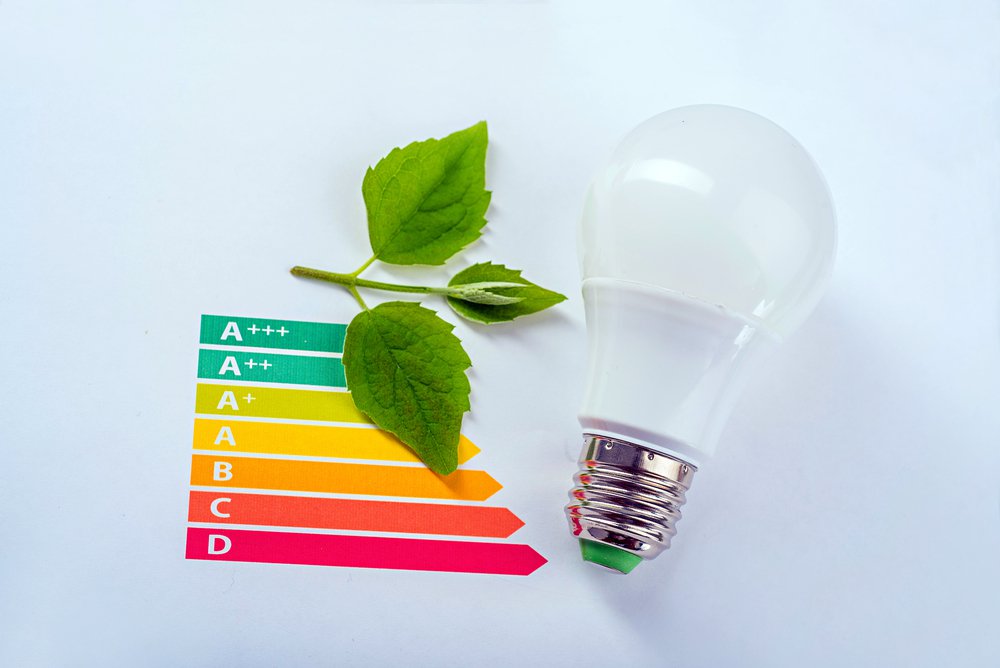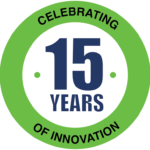Consider this: The average large business has to store about 23.1 billion data files. While some businesses rely on cloud storage, many use data centers. These facilities store, process, and distribute massive quantities of data every day, and these processes require significant amounts of energy. Powering the data center efficiently means a higher profit and more satisfied stakeholders. So, you must know how to measure your facility’s power usage effectiveness (PUE).
Several factors influence a data center’s ability to make good use of its incoming electricity, including the design of its processors and cooling solutions. But these systems vary immensely in quality, so owners and operators should choose carefully among the available technologies.
In recent years, infrastructure improvements have emerged as a central tool to improve power usage effectiveness. For instance, moving from a conventional air cooling system to liquid immersion cooling boasts a generational advantage. This one substitution can reduce the electrical expenses needed to cool your data center by as much as 95%.
Energy efficiency complements other attributes a data center should have. Profitability, server density, environmental sustainability, and other considerations make the facility an asset for its owners and customers. The same basic physics that make liquid cooling solutions good for power usage effectiveness also enhance these other variables.

The Importance of Energy Efficiency for Data Centers
Energy efficiency refers to how well resources are used. But however basic this idea may sound, it has a huge impact on all aspects of a data center. From technical performance and the amount of carbon emissions to costs and revenues, a data center’s outcomes depend on precise resource use.
Think of a Ford Model T next to a modern car. The same gallon of gas goes less distance and at a slower speed in the Model T. That’s because newer cars benefit from decades of engineering advancements to boost their energy efficiency. Now think of a Tesla Model 3, which uses an even more innovative design to improve the energy efficiency by an order of magnitude. Each component contributes to its energy efficiency.
In a data center, the energy use and cost of the servers, storage and networking devices, cooling systems, lighting, and the building itself all add up. So, managers should select efficient components to make the entire facility perform well.
Energy efficiency is a crucial aspect of data center management and operations. If a facility wastes electricity, the most immediate problem is cost. You’re spending money on power that goes nowhere. Poor efficiency also poses a range of environmental hazards. The futile power generation still burns through scarce natural resources, emitting carbon and toxins.
Customer satisfaction is negatively impacted as well. This stems in part from the higher prices users will pay for inefficient data center services. Additionally, because many customers pay attention to environmental records, they’ll look unfavorably on a facility that throws away valuable resources. Given all the damage done by low efficiency, it’s important to determine how effectively a data center uses energy.

What Is Power Usage Effectiveness? How To Calculate PUE
Power usage effectiveness is the standard metric used to assess data center energy efficiency. The PUE is a relatively straightforward ratio that compares the total data center power to the amount of power used for IT equipment only. We can write this out as a simple formula for calculation:
PUE = Total Data Center Power / IT Equipment Power
Say a data center uses 100 kilowatts of power. Out of this total, only 50 kilowatts go into servers and other IT hardware. The rest goes into other systems like cooling and lighting. We would write:
100 kW / 50 kW = 2 PUE
The power usage effectiveness of this hypothetical facility is 2. It uses literally half of its energy for applications other than the intended goal of serving customers. That’s a very poor efficiency level, but it’s not that unusual. Some data centers have PUEs even higher than 2, indicating they waste more electricity than they use.
A more efficient data center has a lower PUE. In fact, an ideal facility that wastes no electricity should have a power usage effectiveness of 1. This means that the total amount of energy it uses goes to power its IT equipment. If it uses 100 kW of power:
100 kW / 100 kW = 1 PUE
Of course, in practice, every data center exhibits at least some waste. So, a more reasonable PUE goal is 1.02 or 1.03. This is far more efficient than a PUE of 1.5 or 1.75, and only the best-run data centers manage to reach such a power usage effectiveness. They do so by understanding and modifying the main factors affecting energy use.
Top Factors Affecting Data Center Energy Consumption
While the gist of power usage effectiveness and its calculation are fairly simple, the practical situation can become somewhat more complex. Each data center has an array of equipment and processes that interact to determine its energy efficiency. The exact PUE can change over time and be a challenge to measure precisely, but the major factors are known.
The two biggest energy drains in a data center are the servers and the cooling systems. The IT hardware makes sense because that’s what we’re trying to keep running. But why should cooling take such a toll on the electric grid?
The truth is that most data center cooling systems are frustratingly inefficient. Conventional air cooling has been around for decades. And while it has undergone some improvements, it simply can’t handle modern IT loads. Chips have grown more and more powerful. Yet the fundamental characteristics of air just make it a poor coolant. Basically, large fans blow cool air through the data center aisles.
Going back to our vehicle analogy, progressive improvements to air cooling are like the gradual development of gas cars. Each iteration slightly improves efficiency. But liquid immersion is the Tesla speeding ahead of old gas models. It performs better, is easier to maintain, and has less impact on the environment all thanks to a more energy-efficient design.
Additional Factors Influencing Power Usage Effectiveness
Other draws on data center electricity include the lighting system and backup power system, although these factors aren’t entirely independent. For instance, the backup power system will vary considerably depending on which processors and cooling systems you have. Optimizing the efficiency of one system can also contribute to the performance of other systems.
In general, data centers should optimize the top factors affecting power usage effectiveness by using new technology and maintaining equipment regularly. LED lighting uses less electricity and lasts longer; recent chips aim to reduce waste. The same pattern applies to most systems in a data center: new products use less energy.
Several factors affecting data center energy use become more efficient with cloud computing. The cloud combines multiple operating systems onto a common infrastructure, yielding economies of scale. What’s more, cloud data centers deploy large and powerful servers with the appropriate cooling systems. They often employ renewable energy sources, which minimize the waste of electricity generation and transmission.
Because cloud customers don’t have to use their own smaller infrastructure or buy hardware they won’t use, fewer resources are wasted. Businesses and government agencies are migrating en masse to the cloud for its greater efficiency. Recent regulations even require federal agencies to consider cloud options for reducing energy waste, along with other best practices.

Best Practices To Improve Data Center Energy Consumption
Since data centers have started focusing their efforts on power usage effectiveness, certain industry best practices have emerged. These methods will help you lower unnecessary electricity use. Implementing them will, therefore, bring you closer to your financial and environmental goals.
- Conduct an energy audit. Account for all sizable inputs and outputs to understand the current situation. This forms the basis for making improvements to efficiency. Commercial devices are available to measure power use at various points. You can see from the audit results where savings may be found and in what amount.
- Set energy efficiency goals. These should be goals that you can measure and make progress on to improve your energy efficiency. For example, aim to reduce electrical costs by 10% in a given time frame. You can transition to energy-efficient processors, storage devices, and cooling solutions to hit these targets.
- Monitor your ongoing energy consumption. This will show you how fast or slow the project is going. Additionally, putting the results in reports for stakeholders adds accountability.
- Consider energy-saving practices. These could include on-site power generation and heat reuse. For instance, solar cells produce affordable electricity, and liquid immersion cooling tanks can recycle heat for the building’s needs.
As the data pours in, you’ll be better able to evaluate performance toward your energy efficiency goals. Data center administrators can then steer decisions to improve power usage effectiveness even further. For example, if you’ve seen that some immersion-cooled racks have drastically reduced your cooling costs, you could decide to add more immersion modules.
How Immersion Cooling Improves Your Power Usage Effectiveness
Liquid immersion cooling is one of the smartest ways to cut operational costs in data centers. The fluid pulls heat out of servers at 1,200 times the rate of traditional air cooling. As a result, facilities can cut inefficient cooling fans and save 10–20% on electricity by simply letting the servers soak in efficient liquid. It’s like cooling yourself down in a bath instead of spending a lot of money to run the air conditioner on high.
Immersion racks also cut your need for backup generators, air handlers, chillers, and other resource drains. And as if that weren’t enough, you’ll save on operational expenses by reducing maintenance costs. The liquid coolant protects servers against damage like rust. And with the fans gone, there are fewer vibrations. Liquid cooling is also significantly quieter, which improves the work environment for data center operators.
To see the total cost savings, try this Total Cost of Ownership (TCO) Calculator from Green Revolution Cooling (GRC). It reveals how the power usage effectiveness impacts cost depending on your cooling solution. And there’s more good news: the streamlined infrastructure for immersion cooling leads to lower capital expenses, which complement the lower operational expenses. This can cut your total data center costs by as much as half.
The cost-effectiveness of immersion cooling also applies to regular servers running in any facility. Data centers that really want to minimize their operational costs can use servers customized to work even more efficiently in liquid immersion.
Finally, the simple design of GRC’s immersion cooling systems keeps servers running reliably for years. For one thing, data centers spend less on maintenance after making the upgrade. There’s also less electrical equipment to buy and maintain, such as the computer room air conditioners (CRACs) and computer room air handlers (CRAHs) of air-cooled setups.
Optimize Your Power Usage Effectiveness With GRC
The power usage effectiveness measures a data center’s energy efficiency. A lower PUE indicates the facility uses fewer resources to power its processing. This efficient resource use has great importance because it affects profitability, computational performance, and the environment.
The big influences on PUE include IT devices and cooling technology. Other relevant considerations are lighting and electrical infrastructure. Managing these areas can minimize waste and lower your costs. GRC’s liquid immersion cooling ranks among the changes that offer the most leverage on energy efficiency.
There are also big-picture best practices you can follow to reduce your data center’s electricity use. These practices extend from energy audits and efficiency goals to ongoing monitoring and reporting. As you make improvements to the facility, such as upgrading the cooling system, you’ll see the results and gain insights on which steps to take next.
Among the most rewarding ways to boost your power usage effectiveness is by installing a liquid immersion cooling system. Contact GRC today to learn how this practical solution for all data center cooling needs can streamline your facility’s energy efficiency.





